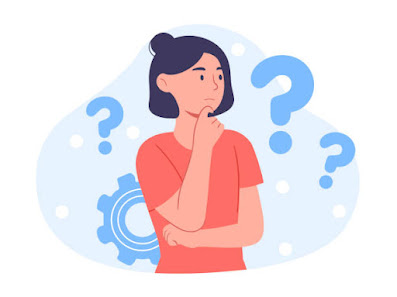Music Video CCR
How does your product use or challenge conventions and how does it represent social groups or issues?
When it comes to the conventions of our music video, we didn’t exactly fit into the genre of the song. Dark Red is an alternative r&b song that focuses on the artist not wanting to lose his partner, and his love for her. While our music video doesn’t fit into the conventions of the genre, we challenged it using juxtaposition to present the lovey-dovey lyrics of the song in contrast to the anger and fighting of the visuals. This turns the music video into neither a completely lovey or completely hostile piece of media, but instead one that is meant to portray a more twisted sort of love, one that isn’t healthy for either of our characters, however in the end, they still can’t seem to escape from it.
In a social sense, the video is meant to negate the idea that toxic relationships like these are easy to be free from, or that staying together is their fault because they could “just leave.” In reality, it’s not as easy as most people imagine, or would like to think. The hardcore truth is that anger like this is just a cycle, and something that can and may continue on for many years. It's easier to see the flaws in others’ situations before being able to see your own. That’s the issue our music video is supposed to represent, that not every situation is in black and white.
How does your product engage with audiences AND how would it be distributed as a real media text?
The product Tantou and I created engages with audiences with an experience many people may have shared, after all, around sixty percent of people find themselves in relationships with toxic habits, and that’s only accounting for romantic ones. The hardships that stop us from avoiding these toxic habits can be found all over, and lots of people find themselves in a similar situation at some point in their lives - whether it be a partner, friend, sibling, or a parent. Our video connects with a large portion of audiences, and something they can connect to.
If this video were a real media text, I’d love to to learn a bit more on making a better-looking production before distributing it. After that, I would absolutely love to release it on multiple sites and channels - YouTube, TikTok, MTV - I feel all these different types of algorithms could really help get the message across and help others realize the wrongs in their own situations.
How did your production skills develop throughout this project?
I feel as if doing this production really helped me realize how much work goes into a production, and how much more I want to learn about producing a good piece of media. This project was a lot of work - the scheduling, lighting, trying to get the proper shots, learning how to edit - and it was a lot of fun, but very time consuming, which is something I originally overlooked when aspiring to make my own pieces of media outside of assignments. This project truly helped me realize how much I don’t know about this field, and that creating the story just doesn’t cut it. I’ve learned the basics of editing software, refreshed how to use a simple camera, and even got to experiment with how different angles look on screen.
While I can look at what we made and agree that it isn’t an outstanding work of art, I also recognize that this is our first, and that we have lots to learn for our projects in the future. Filming these scenes is awkward, the camera quality isn’t always the best, and the lighting could be better, but these are just things we’ll learn more about and eventually outgrow.
How did you integrate technologies - software, hardware, and online - in this project?
When it came to filming, we used a generic camera that I can’t remember the specific name of, as it belonged to Tantou and I’m not very familiar with camera types . This camera was really interesting to learn more about, and is a skill I eventually want to master the use of. While our iPhones both have a cinematic recording setting, we both decided that using a traditional camera, especially one designed for clear filming, would result in better quality and clearer shots. When it came to lighting, we didn't have any fancy expensive lighting tools - so since we were in an apartment at nighttime, we used the lights already presented in the apartment to our advantage. Through trial and error, we placed lamps and flipped switches to see what lighting gave us the clearest shot we were capable of creating. In the end, it wasn’t perfect, but it was the best we could do.
For editing, I was going to suggest that we use CapCut since it’s a software I’m familiar with and could edit with ease. However, Tantou recommended that we use Adobe to edit instead. I was hesitant about this because I wasn’t as familiar with Adobe, however we agreed to use Adobe over CapCut for clearer exporting and simplicity over easiness.

.JPG)

Comments
Post a Comment